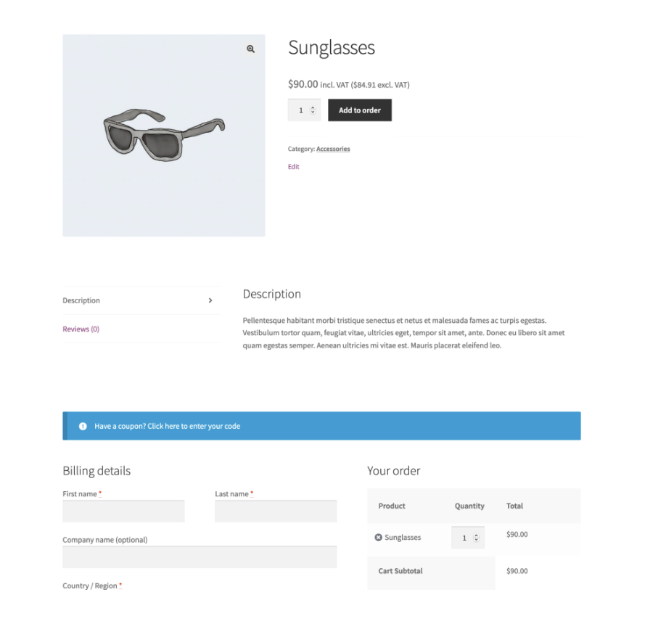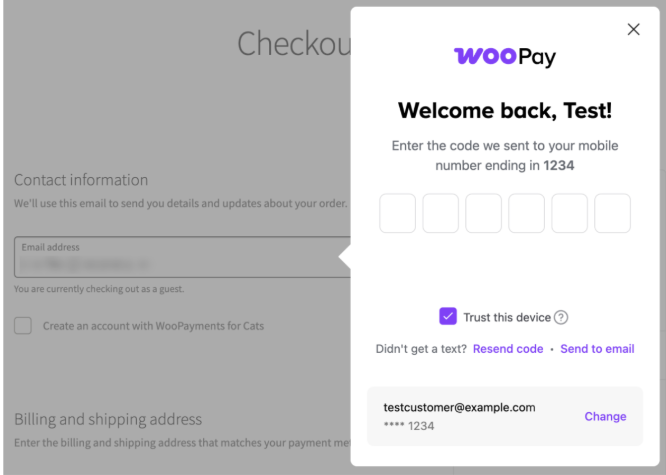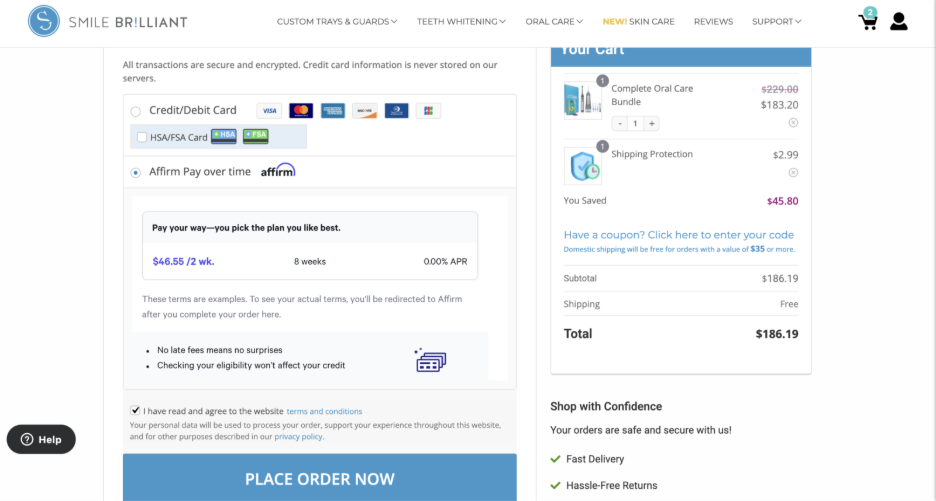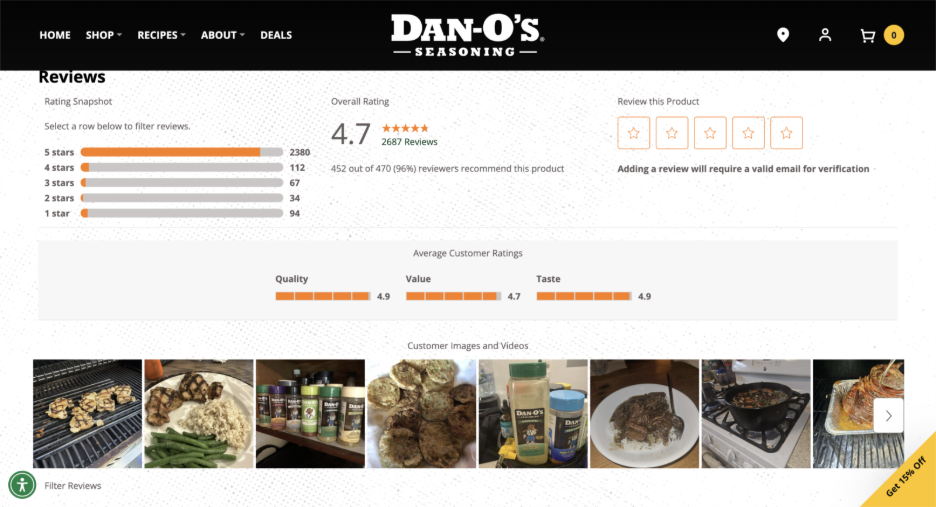

In ecommerce, three seconds can decide everything.
If a page takes any longer to load, you’ve probably seen what happens- shoppers start dropping off, and many never come back. In fact, studies even show that a one-second delay can lower conversions by nearly 7 percent.

That’s why, for you as a merchant or marketer, conversion rate optimization in 2025 isn’t just about design tweaks or trend-chasing.
In a world overflowing with cheap content and AI-generated images, it’s going to be about sharpness, end-to-end speed, both technically and psychologically.
From landing page to checkout, every second shapes trust.
Whenever that rhythm breaks, so does the conversion.
WooCommerce has been evolving around that shift, and you’ve probably noticed it too.
With High-Performance Order Storage (HPOS), order processing is now up to 5x faster. Checkout Blocks make buying flows simpler without relying on bulky plugins. And WooPay delivers a one-tap checkout experience.
Across most stores, you too would have noticed WooCommerce conversion rates usually sit somewhere between 2 and 4 percent.
But the merchants performing above that range are approaching CRO differently. They’re tightening the entire journey, not just one part of it.
When performance, trust, and payment flow together, buying becomes instinctive.
And if you think about it, that’s what WooCommerce’s latest approach to conversion rate optimization is really built for, faster checkouts, wallet-first payments, and those small but visible moments of reassurance that turn momentum into conversion.
So, where should WooCommerce merchants focus for CRO?
Let’s take a look.
1 in 10 shoppers abandon their cart simply because checkout takes too long. And you’ve probably seen it happen as well, the more steps between “add to cart” and “order confirmed,” the more chances there are to lose them.
That’s where WooCommerce’s One Page Checkout really changes the game. It brings product selection, cart, and payment together on a single, uninterrupted page.
If you’ve tested it or seen other stores using it, you’d know the difference. Merchants with single page checkouts report fewer abandoned carts and noticeably faster completion rates.

The moment shoppers have to pull out their credit/debit cards, a few are already gone. Not because they’ve changed their mind, but because every extra step feels like work.
You would’ve probably noticed how Apple Pay, Google Pay, PayPal, and WooCommerce’s own WooPay are changing that behavior. They make checkout almost instinctive, cutting friction where it hurts most.
According to the Baymard Institute, 18% of U.S. shoppers abandon checkout because they don’t trust the site with their credit card information. It’s a reminder that even a moment of doubt can cost a sale. That’s nearly one in five customers lost purely to trust issues.
That’s why wallets matter. They’re not just faster payment methods; they’re behavioral triggers that make paying feel effortless.
It’s a clear pattern across top WooCommerce stores.
Nutribullet saw a 35% jump in conversion rate and stronger order values after adding WooPayments, with Apple Pay and Google Pay supporting driving most of that lift.

You can see the same trend with House of Malt, one of U.K.’s leading online whiskey retailers, experienced the same trend. After enabling Apple Pay through WooPayments, their average order value rose by 22%, and checkout became noticeably smoother, particularly for their mobile-heavy audience.
Their Ecommerce Director, Jethro Hazelhurst, told WooCommerce that,
“I can easily see why the conversion rate would go up with Apple Pay. There’s just less friction. It’s been a game-changer for us.”
High-Performance Order Storage (HPOS) completely changes how WooCommerce stores handle order data. It’s not something shoppers see, but they definitely feel it.
What HPOS really does is separate order data from WordPress’s general post tables and move it into a dedicated, commerce-first database. That means orders are processed, updated, and retrieved much faster because WooCommerce no longer relies on WordPress’s slower post structure.
By shifting orders to a commerce-first database built purely for speed, HPOS removes one of the biggest backend bottlenecks I’ve seen.
Based on WooCommerce’s recent benchmarks, HPOS delivers:
For new stores, it’s already active by default, and for existing ones, it can be enabled manually.
It’s one of those quiet upgrades that ends up amplifying everything else you do for WooCommerce conversion rate optimization, from one-page checkout to wallet-first payments.
When shoppers see “4 payments of $60” instead of “$240 for sneakers,” the purchase suddenly feels lighter.
And sure, it works. It nudges them past the hesitation and smooths the checkout.
While it’s great at reducing friction, it’s also creating new problems. Sometimes buyers stack payments they can’t keep up with, leading to higher refund rates and more post-purchase regret.
I mean, there are always two sides to a coin.
So yeah, it moves the needle. But not as positive as most headlines suggest. Of course, they can be beneficial for your business but can have some side effects for which you need to prepare.
And yeah, at some point, we’ve all felt that.
That shift in perception is exactly why Buy Now, Pay Later (BNPL) has taken off across ecommerce. According to Adobe, shoppers spent $18 billion using BNPL options during the 2024 holiday season alone; a 9.6 percent increase year over year.
If you’re using providers like Affirm, Klarna, or Afterpay on WooCommerce, you already know how that flexibility pays off. It removes friction without ever touching the price point.
The results are hard to ignore. Stores offering Affirm report up to a 20 percent increase in conversion rate and an 85 percent lift in average order value.
Take Smile Brilliant, for example, a DTC oral care brand powered by WooCommerce and Klaviyo. When they combined personalized post-purchase flows with flexible payment options, revenue climbed by 47%.

Think about what really makes you click “Buy Now.”
You’re browsing online, looking at two nearly identical products. One has reviews, tagged Instagram photos, and real customer comments. The other just has a “Buy Now” button.
Which one are you choosing?
Exactly.
In today’s world, shoppers including you and me, don’t really separate a brand’s website from its social media. You move between both, checking for signs of trust in every scroll.
And now, with AI-generated reviews, fake influencers, and automated content flooding the internet, that instinct for trust has only gotten sharper.
Real faces, unedited videos, and verified comments cut through the noise because they feel human.
A single tagged photo on Instagram, a quick unboxing clip on TikTok, or a review carousel under the product description, each works like a micro-endorsement that actually builds confidence.
Take Dan-O’s Seasoning, for example. It’s one of those WooCommerce success stories that really shows how powerful social proof can be.
What started as a one-person spice business grew into a nationwide brand. They combined authentic social content with on-site proof, customer photos, thousands of reviews, and even recipes published right on their Woo store. The result?
If anything, it proves that in 2025, trust isn’t a section on your website. It’s the experience itself. It builds confidence, nurtures intent, and eventually drives conversion.

What happens after buying matters just as much. That’s where trust is either reinforced or lost.
When shoppers know they’re covered for returns, repairs, or replacements, they buy with far more confidence.
So, instead of hiding warranties on policy pages, make them visible where they actually matter right at checkout and on product pages.
With SureBright’s AI-powered product protection, shoppers can add coverage seamlessly as they buy, without leaving the checkout flow or breaking momentum.
Its ready-to-install WooCommerce app and flexible APIs make it simple to add extended protection across your store without extra work or friction.
👉 Curious what that looks like?
See how SureBright protection appears right inside WooCommerce checkout.

Finally,
The way people convert has changed. It’s not step-by-step anymore; it’s this loop built on speed, trust, and experience
Every click, scroll, and second of delay either builds belief or breaks it.
In ecommerce, the smallest detail still decides the biggest outcomes.
As Sam Walton, founder of Walmart, once said,
“There is only one boss, the customer. And they can fire everyone in the company simply by spending their money somewhere else.”
So, conversion rate optimization in 2025 comes down to one question: how many reasons are you giving your customers to stay and buy in those three seconds?